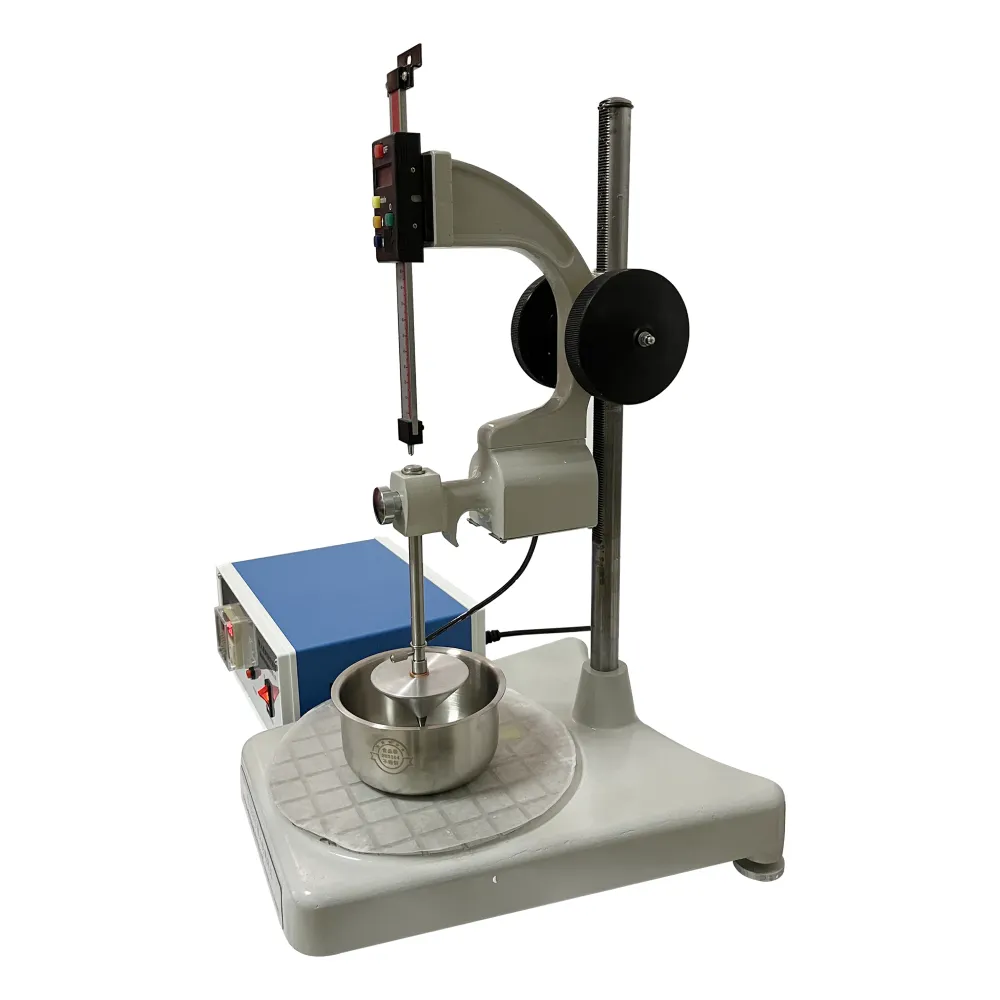 English
English



-
 Afrikaans
Afrikaans -
 Albanian
Albanian -
 Amharic
Amharic -
 Arabic
Arabic -
 Armenian
Armenian -
 Azerbaijani
Azerbaijani -
 Basque
Basque -
 Belarusian
Belarusian -
 Bengali
Bengali -
 Bosnian
Bosnian -
 Bulgarian
Bulgarian -
 Catalan
Catalan -
 Cebuano
Cebuano -
 China
China -
 China (Taiwan)
China (Taiwan) -
 Corsican
Corsican -
 Croatian
Croatian -
 Czech
Czech -
 Danish
Danish -
 Dutch
Dutch -
 English
English -
 Esperanto
Esperanto -
 Estonian
Estonian -
 Finnish
Finnish -
 French
French -
 Frisian
Frisian -
 Galician
Galician -
 Georgian
Georgian -
 German
German -
 Greek
Greek -
 Gujarati
Gujarati -
 Haitian Creole
Haitian Creole -
 hausa
hausa -
 hawaiian
hawaiian -
 Hebrew
Hebrew -
 Hindi
Hindi -
 Miao
Miao -
 Hungarian
Hungarian -
 Icelandic
Icelandic -
 igbo
igbo -
 Indonesian
Indonesian -
 irish
irish -
 Italian
Italian -
 Japanese
Japanese -
 Javanese
Javanese -
 Kannada
Kannada -
 kazakh
kazakh -
 Khmer
Khmer -
 Rwandese
Rwandese -
 Korean
Korean -
 Kurdish
Kurdish -
 Kyrgyz
Kyrgyz -
 Lao
Lao -
 Latin
Latin -
 Latvian
Latvian -
 Lithuanian
Lithuanian -
 Luxembourgish
Luxembourgish -
 Macedonian
Macedonian -
 Malgashi
Malgashi -
 Malay
Malay -
 Malayalam
Malayalam -
 Maltese
Maltese -
 Maori
Maori -
 Marathi
Marathi -
 Mongolian
Mongolian -
 Myanmar
Myanmar -
 Nepali
Nepali -
 Norwegian
Norwegian -
 Norwegian
Norwegian -
 Occitan
Occitan -
 Pashto
Pashto -
 Persian
Persian -
 Polish
Polish -
 Portuguese
Portuguese -
 Punjabi
Punjabi -
 Romanian
Romanian -
 Russian
Russian -
 Samoan
Samoan -
 Scottish Gaelic
Scottish Gaelic -
 Serbian
Serbian -
 Sesotho
Sesotho -
 Shona
Shona -
 Sindhi
Sindhi -
 Sinhala
Sinhala -
 Slovak
Slovak -
 Slovenian
Slovenian -
 Somali
Somali -
 Spanish
Spanish -
 Sundanese
Sundanese -
 Swahili
Swahili -
 Swedish
Swedish -
 Tagalog
Tagalog -
 Tajik
Tajik -
 Tamil
Tamil -
 Tatar
Tatar -
 Telugu
Telugu -
 Thai
Thai -
 Turkish
Turkish -
 Turkmen
Turkmen -
 Ukrainian
Ukrainian -
 Urdu
Urdu -
 Uighur
Uighur -
 Uzbek
Uzbek -
 Vietnamese
Vietnamese -
 Welsh
Welsh -
 Bantu
Bantu -
 Yiddish
Yiddish -
 Yoruba
Yoruba -
 Zulu
Zulu
impedance test of transformer
Understanding Impedance Testing of Transformers
Impedance testing is an essential procedure in the maintenance and diagnostics of transformers. It is a critical aspect that helps ensure the transformer's reliability, efficiency, and overall performance in power systems. This article delves into the significance of impedance testing, its methodology, and its implications for transformer operation.
Importance of Impedance Testing
Transformers are pivotal in electrical power systems, facilitating the transmission and distribution of electricity across vast distances. The impedance of a transformer, which is a combination of resistance and reactance, plays a crucial role in determining its performance under load conditions. By assessing the transformer's impedance, technicians can obtain vital information about its condition, identify potential issues, and predict future performance.
One of the primary reasons for conducting impedance tests is to evaluate the winding resistance, which can indicate the onset of problems such as deterioration due to overheating or poor connections. Impedance tests also help in verifying the transformer’s voltage regulation, short-circuit withstand capability, and overall efficiency. It becomes particularly important when transformers are installed or maintained, as any alterations in impedance can lead to operational issues, including overheating, undue stress on windings, and even catastrophic failure.
Methodology of Impedance Testing
Impedance testing involves measuring the impedance across the transformer windings. The process typically involves a few key steps
1. Preparation Ensure that the transformer is de-energized and isolated from the electrical system. Safety precautions must be taken to protect personnel and equipment.
impedance test of transformer

2. Equipment Setup Use a precision impedance analyzer or a suitable test set that can accurately measure the impedance. Connect the test leads to the transformer’s terminals.
3. Measurements Conduct the impedance measurement, which usually involves applying a test voltage and measuring the resulting current. The ratio of voltage to current gives the impedance. It’s essential to measure at various frequencies, as this helps in understanding the behavior of the transformer under different operational scenarios.
4. Data Analysis After obtaining the impedance values, analyze the data against the manufacturer’s specifications and previous test results. Any significant deviations may indicate potential issues such as shorted turns, winding faults, or insulation failures.
5. Documentation Record all results and observations meticulously for future reference. This documentation serves as a crucial benchmark for evaluating the transformer’s condition over time.
Implications of Impedance Testing
The results from impedance testing provide invaluable insights into the operational health of transformers. High impedance values could suggest a fault, while significantly low values might indicate short circuits or the deterioration of windings. Regular impedance testing can significantly enhance maintenance strategies by allowing predictive maintenance rather than reactive approaches. This not only prolongs the lifespan of the transformer but also improves the reliability of the entire electrical system.
Ultimately, impedance testing is more than just a diagnostic tool; it is a proactive approach to transformer maintenance and operational excellence. As the demand for electricity continues to rise and electrical systems become more complex, the role of such testing in ensuring efficiency and reliability cannot be overstated.
In conclusion, impedance testing is a vital procedure in transformer maintenance, holding the key to maximizing operational efficiency and prolonging equipment life. By understanding and implementing effective impedance testing strategies, electrical engineers and technicians can safeguard against potential failures, ensuring that transformers operate reliably within their intended parameters.
-
Testing Equipment Industry Sees Major Advancements in 2025: Smart & Precision Technologies Lead the WayNewsJun.06,2025
-
Applications of Direct Current Generators in Renewable Energy SystemsNewsJun.05,2025
-
Hipot Tester Calibration and Accuracy GuidelinesNewsJun.05,2025
-
Digital Circuit Breaker Analyzer Features and BenefitsNewsJun.05,2025
-
Benefits of Real-Time Power Quality Monitoring Devices for Industrial EfficiencyNewsJun.05,2025
-
Earth Fault Loop Testing in High-Rise Building Electrical SystemsNewsJun.05,2025



